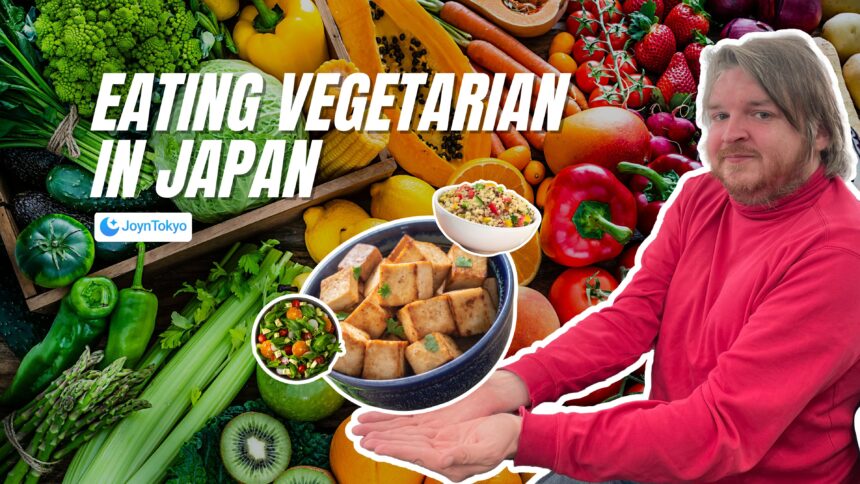Visiting a local supermarket in Japan might sound mundane at first, but it offers fascinating insights into everyday Japanese life. Beyond discovering new foods, it’s a chance to see how local communities gather and interact in a space that is both practical and surprisingly social. This article will highlight some of the key differences, similarities, and quirks you’ll find when exploring a Japanese supermarket.
Big Differences and Delightful Discoveries
When you step into a Japanese supermarket, you’ll be greeted by a wide range of products that are both familiar and distinctly local. While the layout often resembles grocery stores abroad, several features stand out the moment you walk through the doors.
An Impressive Seafood Selection
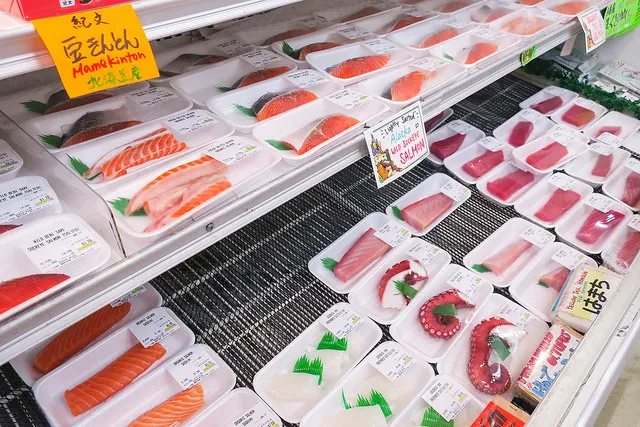
One of the most remarkable aspects is the seafood section. Many supermarkets carry a diverse array of fish and shellfish — including octopus, saury, and even tuna cheek meat — that you might not easily find back home. If you visit on the right day, you may even spot an entire crab on display. Alongside this variety of raw fish is a decent range of ready-made sushi. While supermarket sushi isn’t going to match a five-star restaurant, it’s often fresher and tastier than what many visitors from abroad might expect.
Wagyu and Beyond in the Meat Aisles

Japan is famous for its premium wagyu beef, and local supermarkets do sell it, though these cuts can be pricier. If you’re on a budget, you’ll still find plenty of options, including imported steaks from places like Tasmania. The meat counters typically carry pork, chicken, and other cuts, ensuring most dietary needs are met.
The Snack and Household Sections

Japan’s talent for unique snack flavors becomes obvious in the candy aisle. From matcha chocolates to bite-sized cookies, these items often serve as great souvenirs for visitors. You’ll also find entire sections devoted to cosmetics, hygiene items, and even small pharmacies within the store. Be aware of specific closing times: pharmacy counters might shut earlier, while the main grocery floor can stay open until late at night.
Items That Are Harder to Find
With all the novelty comes a trade-off: certain everyday items from abroad may be scarce or come in forms you’re not used to.
The Case of Cheese and Bacon
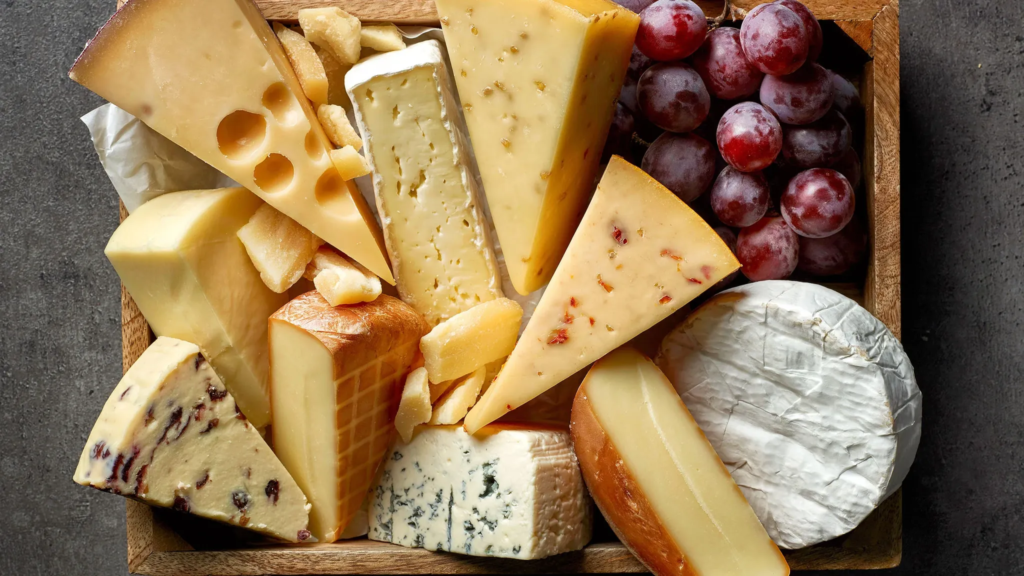
Cheese lovers will notice that selection is limited and often more expensive than in Europe or North America, as cheese isn’t a staple in the traditional Japanese diet. Similarly, “bacon” in Japan is often closer to pre-cooked ham than the crispy slices many Westerners crave. You can find real bacon or pork sausages in specialty stores, but they’re likely to be smaller in size and more expensive.
Smaller Veggies
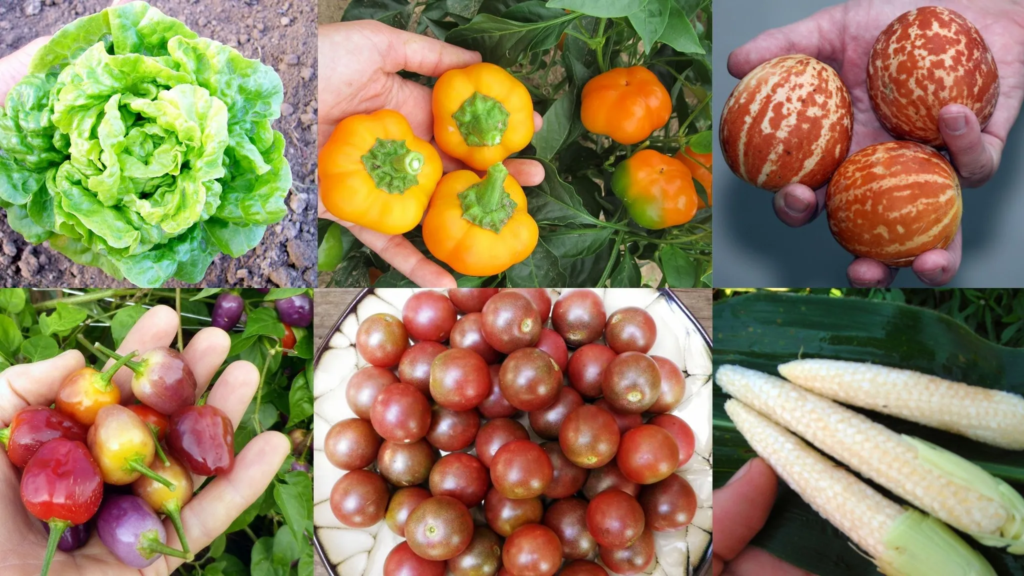
Some vegetables, notably cucumbers and potatoes, tend to be smaller than what you might expect. Although they’re just as flavorful, they might not be ideal if you’re looking to make large salads or big baked potatoes.
A Community Hub
Beyond groceries, many supermarkets act as community gathering points. My local branch, Aeon Style, is the tallest building in town, making it a helpful landmark for visitors. During local festivals, you’ll often find event stalls or mini-lotteries set up near the entrance, luring people in with street food and seasonal activities.
Enjoying Food and Drinks On-Site
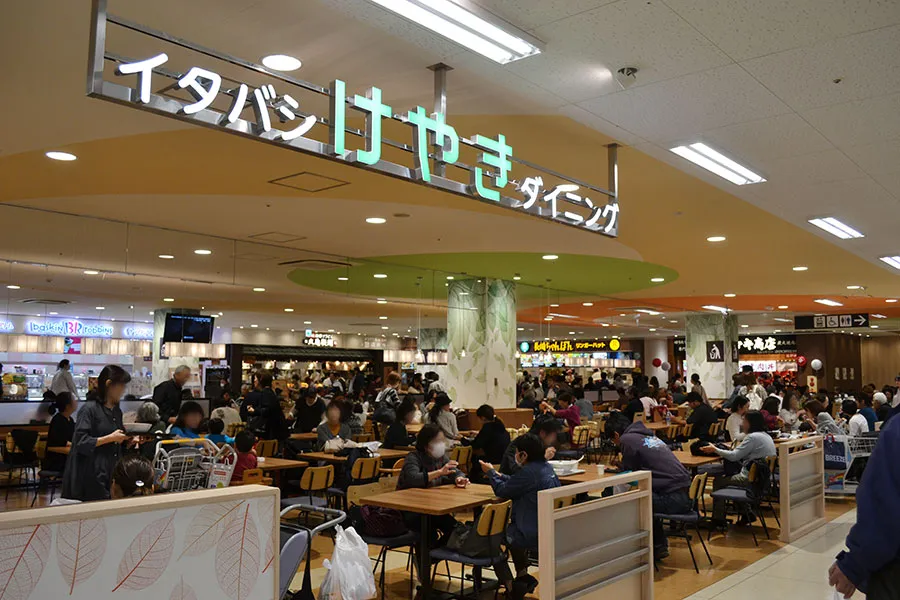
Unusually, some supermarkets — including mine — even feature bars or small eateries. Pre-Covid, you might have stumbled upon live jazz nights. While that’s less common now, the idea of enjoying a quick snack or a casual drink at your supermarket is a pleasant surprise, and it’s a way to soak up a bit of local atmosphere without going far.
Conclusion
While it may not sound like a traditional highlight of a trip to Japan, exploring a local supermarket can be a surprisingly fun (and tasty) adventure. From discovering unusual seafood and embracing the abundance of unique snacks, to simply experiencing how communities gather in these everyday spaces, your shopping trip can become a mini cultural immersion. Yes, you might miss your usual bacon or larger potatoes, but the new flavors and experiences waiting for you are more than worth it.





